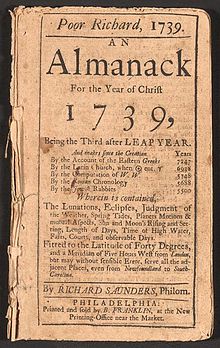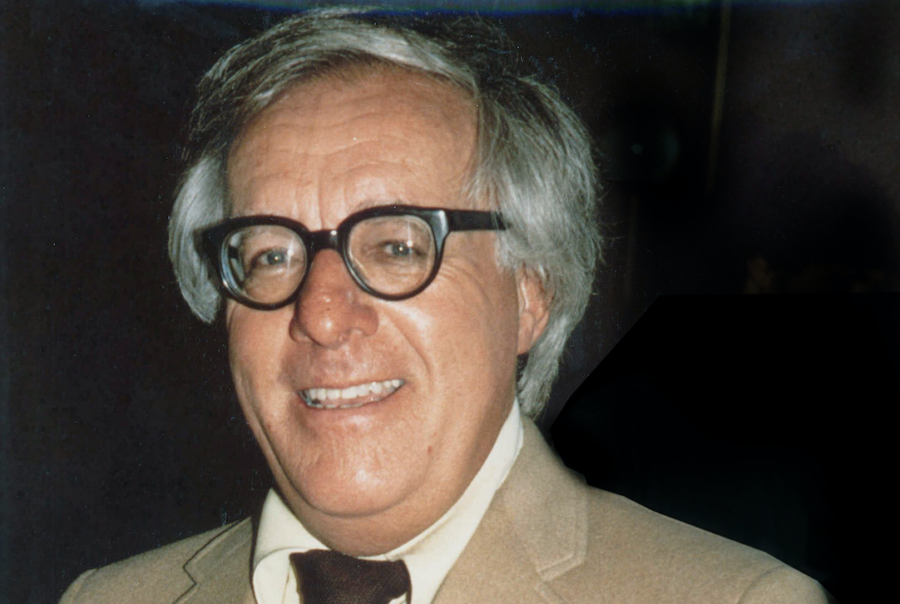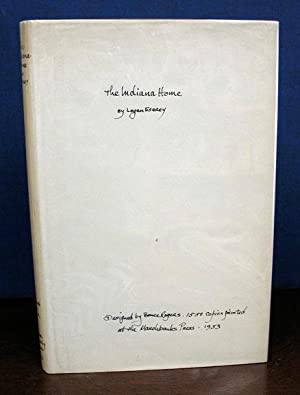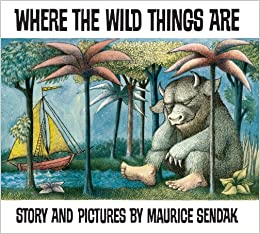There’s something timeless about the world J.R.R. Tolkien created—his vision of heroism, perseverance, and the ever-looming shadow of evil continues to resonate today. Modern life may feel worlds apart from the dusty roads of Middle-earth, yet echoes of our own struggles resound in Tolkien’s fictional conflicts. Perhaps this is because Tolkien himself lived through firsthand … Continue reading A Journey Through The Lord of the Rings: 5 Interesting Tolkien Facts
4 Interesting Facts About Famous Books
Usually, when you spend an evening reading a particular book, you don’t think about the story behind its creation or its influence on those around it. And yet, behind every worthy work, there’s an equally interesting story or mystery. 1. Edgar Allan Poe’s “The Narrative of Arthur Gordon Pym of Nantucket” In Edgar Allan Poe’s … Continue reading 4 Interesting Facts About Famous Books
Tolkien Tales: 7 Lesser-Known Stories about the Mastermind of Middle-earth
The creator of Middle-earth, J.R.R. Tolkien, wasn’t just a master weaver of tales; he was also a man of great depth and integrity. His life, filled with unique anecdotes and profound choices, is as engaging as his novels. Here’s a peek into seven lesser-known moments from Tolkien’s life. 1. A Brave Response to Dark Times: … Continue reading Tolkien Tales: 7 Lesser-Known Stories about the Mastermind of Middle-earth
Bradbury’s Fire: The Playboy Debut of Fahrenheit 451
In 1953, the iconic novel Fahrenheit 451 was acquired by Hugh Hefner. This renowned work of Ray Bradbury was subsequently published across the second, third, and fourth issues of Playboy magazine.
Novella vs Novel
A piece of fiction that falls within the word count range of 20,000 to 49,999 is typically referred to as a novella. On the other hand, once the word count of a book reaches 50,000, it is generally classified as a novel.
An author created a 1000…
An author created a 1000 page book that is made up of a single run on sentence.
The post An author created a 1000… appeared first on Crazy Facts.
Benjamin Franklin published a yearly…
Benjamin Franklin published a yearly almanac called Poor Richard’s Almanack. The publication was extremely popular, selling 10,000 copies per year, making Franklin rich. In 1735, upon the death of his brother, Franklin sent 500 copies to his widow so she could make money selling them.
The post Benjamin Franklin published a yearly… appeared first on Crazy Facts.
Ray Bradbury wrote the first draft…
Ray Bradbury wrote the first draft of Fahrenheit 451 on a typewriter in UCLA Library’s basement that cost 10 cents for 30 minutes. 9 days and $9.80 later he had a short story titled ‘ The Fireman’ that was later expanded into Fahrenheit 451.
The post Ray Bradbury wrote the first draft… appeared first on Crazy Facts.
In 1953, a member of the Indiana Textbook…
In 1953, a member of the Indiana Textbook Commission attempted to ban teaching Robin Hood in schools stating “there is a Communist directive in education now to stress the story of Robin Hood, they want to stress it because he robbed the rich and gave it to the poor. That’s the Communist line.”
The post In 1953, a member of the Indiana Textbook… appeared first on Crazy Facts.
The book ‘Where the Wild Things Are’…
The book ‘Where the Wild Things Are’ created controversy when it was first published because many parents and people thought that the wild things looked too scary for children.
The post The book ‘Where the Wild Things Are’… appeared first on Crazy Facts.




